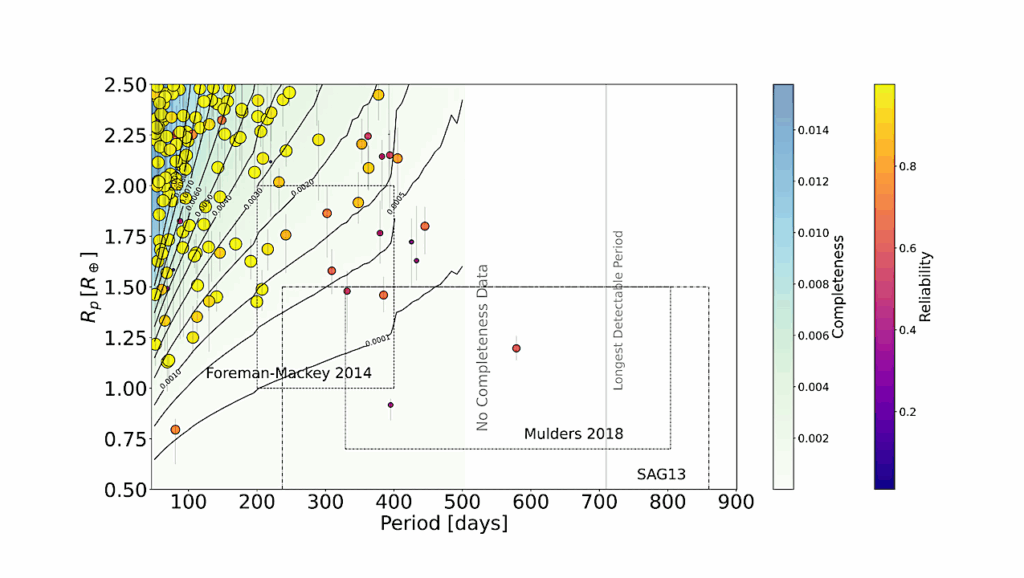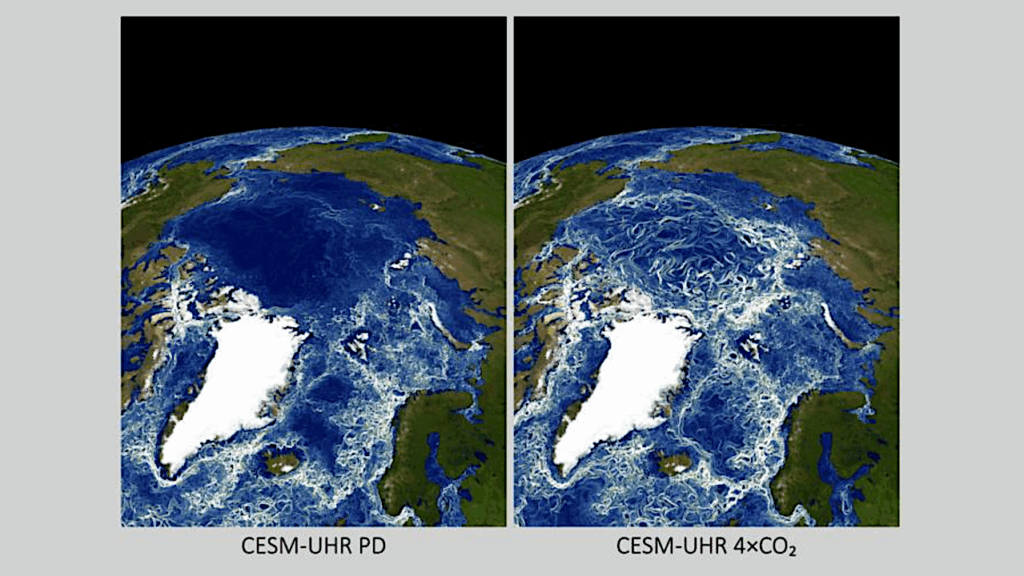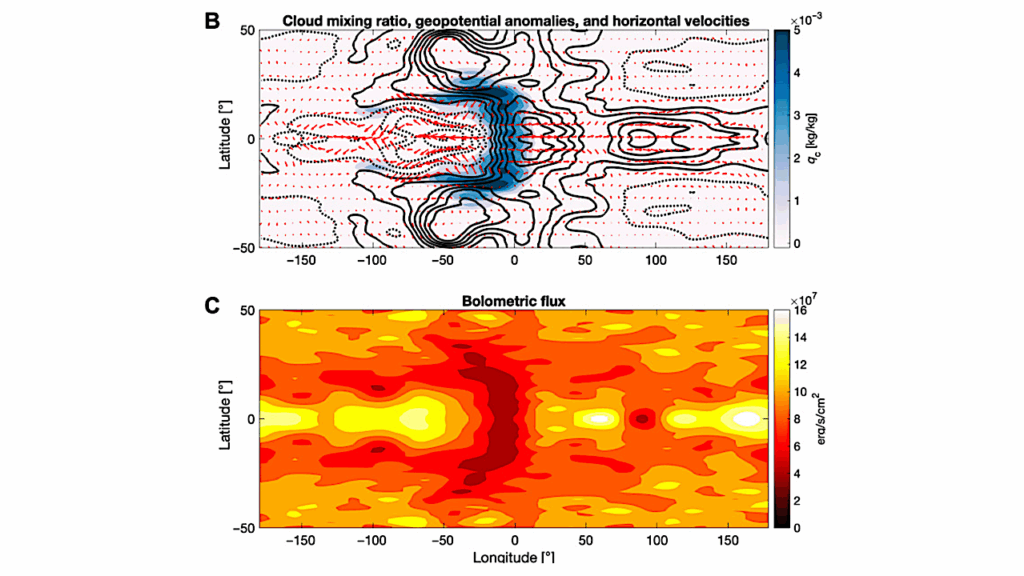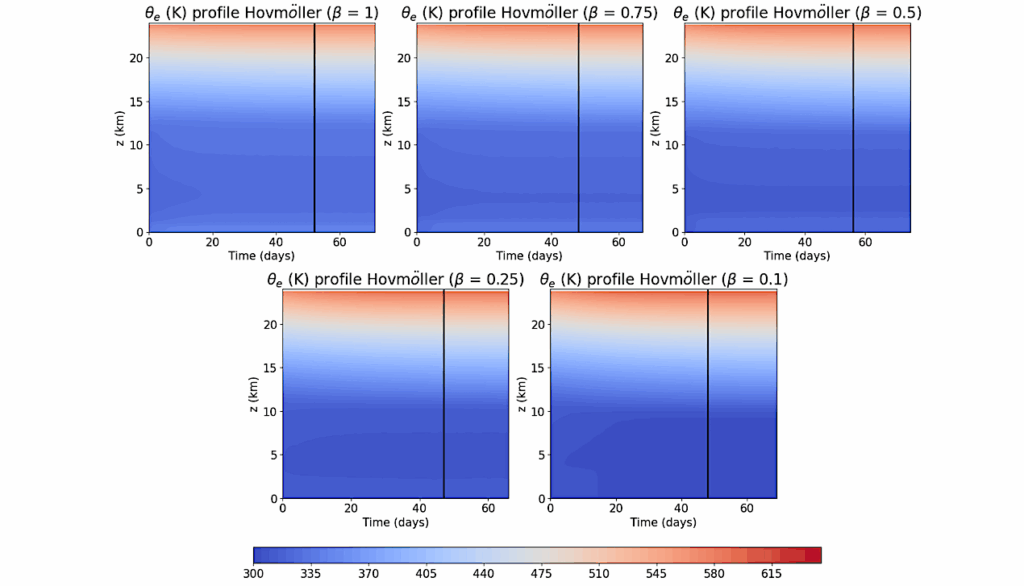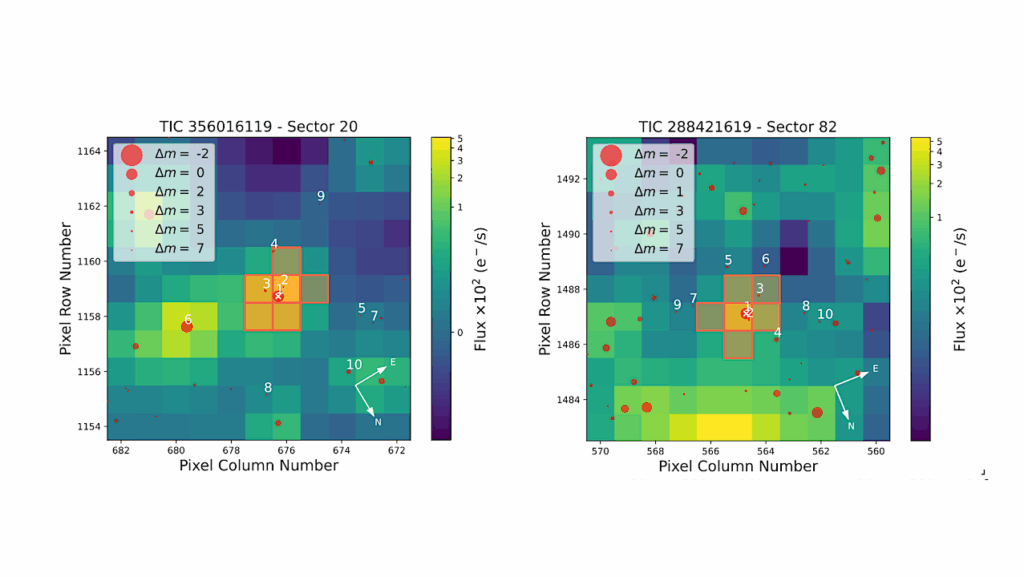TOI-4438 b: A Transiting Mini-Neptune Amenable To Atmospheric Characterization
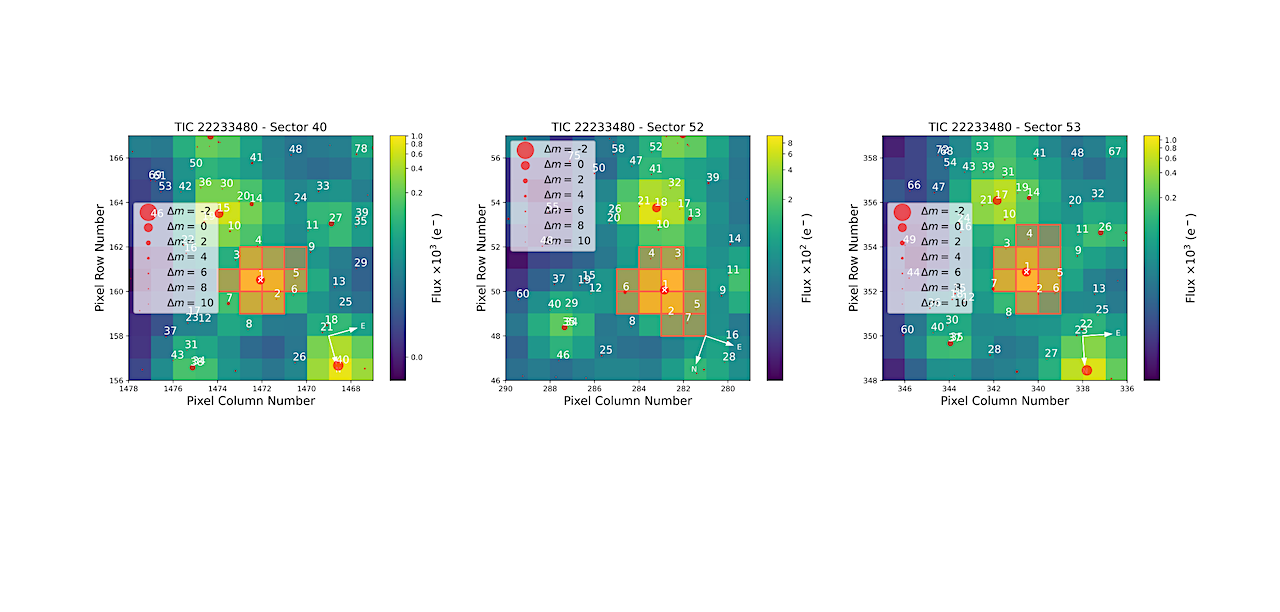
We report the confirmation and mass determination of a mini-Neptune transiting the M3.5 V star TOI-4438 (G 182-34) every 7.44 days. A transit signal was detected with NASA’s TESS space mission in the sectors 40, 52, and 53.
In order to validate the planet TOI-4438 b and to determine the system properties, we combined TESS data with high-precision radial velocity measurements from the CARMENES spectrograph, spanning almost one year, and ground-based transit photometry. We found that TOI-4438 b has a radius of Rb = 2.52 +/- 0.13 R_Earth (5% precision), which together with a mass of Mb=5.4 +/- 1.1 M_Earth (20% precision), results in a bulk density of rho = 1.85+0.51-0.44 g cm-3 (28% precision), aligning the discovery with a volatile-rich planet.
Our interior structure retrieval with a pure water envelope yields a minimum water mass fraction of 46% (1-sigma). TOI-4438 b is a volatile-rich mini-Neptune with likely H/He mixed with molecules, such as water, CO2, and CH4. The primary star has a J-band magnitude of 9.7, and the planet has a high transmission spectroscopy metric (TSM) of 136 +/- 13. Taking into account the relatively warm equilibrium temperature of T_eq = 435 +/- 15 K, and the low activity level of its host star, TOI-4438 b is one of the most promising mini-Neptunes around an M dwarf for transmission spectroscopy studies.
E. Goffo, P. Chaturvedi, F. Murgas, G. Morello, J. Orell-Miquel, L. Acuña, L. Peña-Moñino, E. Pallé, A. P. Hatzes, S. Geraldía-González, F. J. Pozuelos, A. F. Lanza, D. Gandolfi, J. A. Caballero, M. Schlecker, M. Pérez-Torres, N. Lodieu, A. Schweitzer, C. Hellier, S. V. Jeffers, C. Duque-Arribas, C. Cifuentes, V. J. S. Béjar, M. Daspute, F. Dubois, S. Dufoer, E. Esparza-Borges, A. Fukui, Y. Hayashi, E. Herrero, M. Mori, N. Narita, H. Parviainen, L. Tal-Or, S. Vanaverbeke, I. Hermelo, P. J. Amado, S. Dreizler, Th. Henning, J. Lillo-Box, R. Luque, M. Mallorquín, E. Nagel, A. Quirrenbach, S. Reffert, A. Reiners, I. Ribas, P. Schöfer, H. M. Tabernero, M. Zechmeister
Comments: Accepted for publication on Astronomy & Astrophysics
Subjects: Earth and Planetary Astrophysics (astro-ph.EP)
Cite as: arXiv:2403.09833 [astro-ph.EP] (or arXiv:2403.09833v1 [astro-ph.EP] for this version)
Submission history
From: Elisa Goffo
[v1] Thu, 14 Mar 2024 19:40:15 UTC (4,787 KB)
https://arxiv.org/abs/2403.09833
Astrobiology


